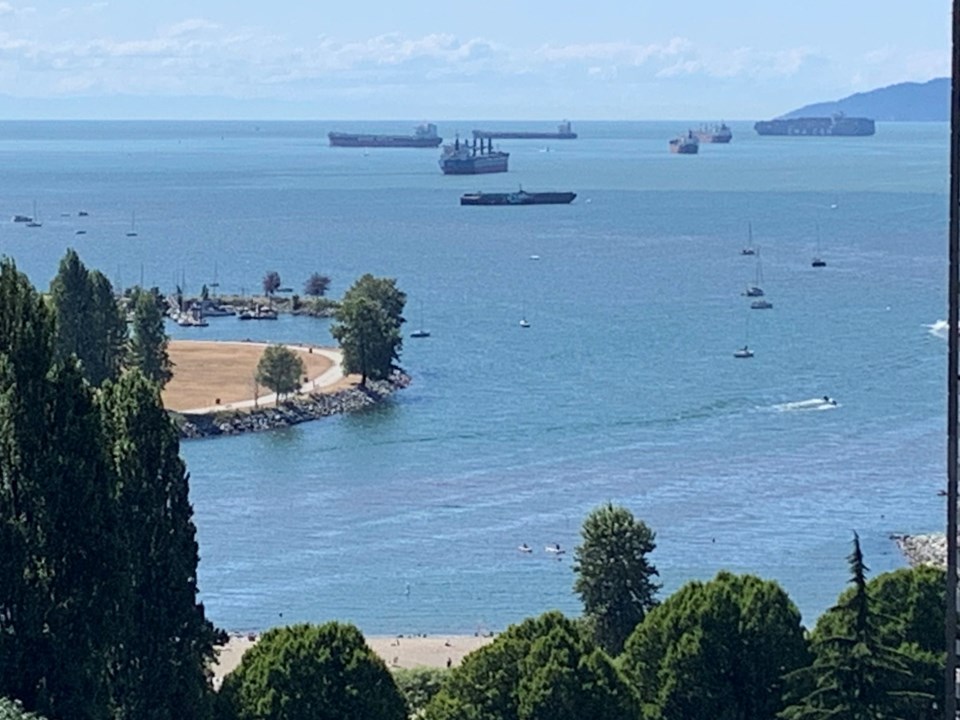Photos of a red tinge darkening the waters around Vancouver have been a source of alarm for some Vancouverites but a local marine life expert says there is little to worry about.
That dark red colouring comes from the growth of algae blooms made up of microscopic algae or phytoplankton. Most phytoplankton species are not harmful to people but some are known to produce potent neurotoxins which can be transferred down the food chain to humans via mussels or clams.
However, Brian Hunt a biological oceanographer and assistant professor at the University of British Columbia says the red tide bloom appears to be dinoflagellate Noctiluca, which is not directly toxic. Hunt added it would be hard to say exactly what they were without looking at the water under a microscope.
“When there a very large Noctiluca bloom dies, they sink to the seafloor and are decomposed by bacteria which can lead to low oxygen concentrations,” Hunt explained. “In some parts of the world, this can lead to animals dying, or at least moving away. Because we have strong tides and a lot of water movement (and in this case a small bloom) this is much less likely to happen here.”
The province of B.C.’s website offers more information on how to report an algae bloom you believe may be harmful to the environment.



